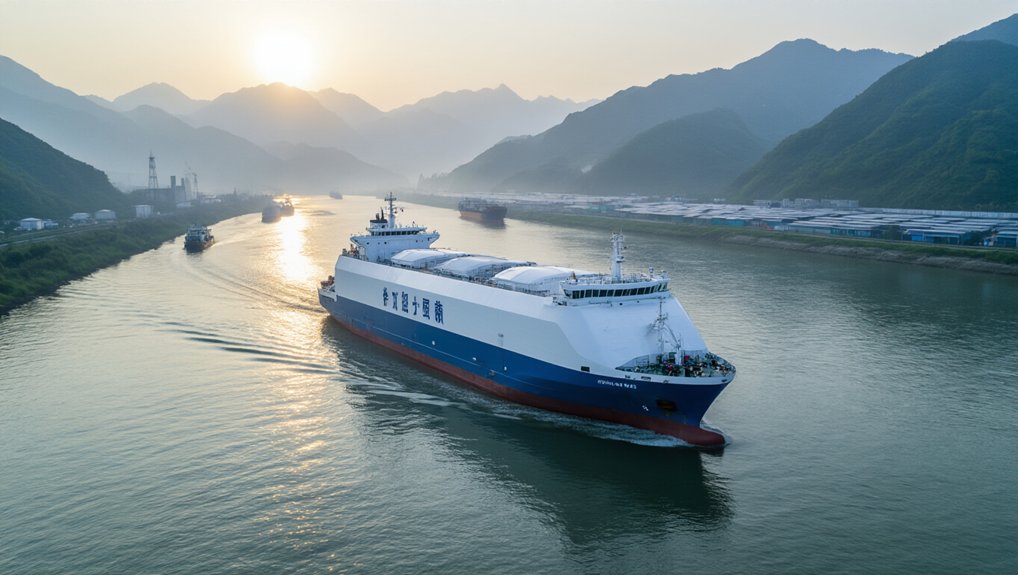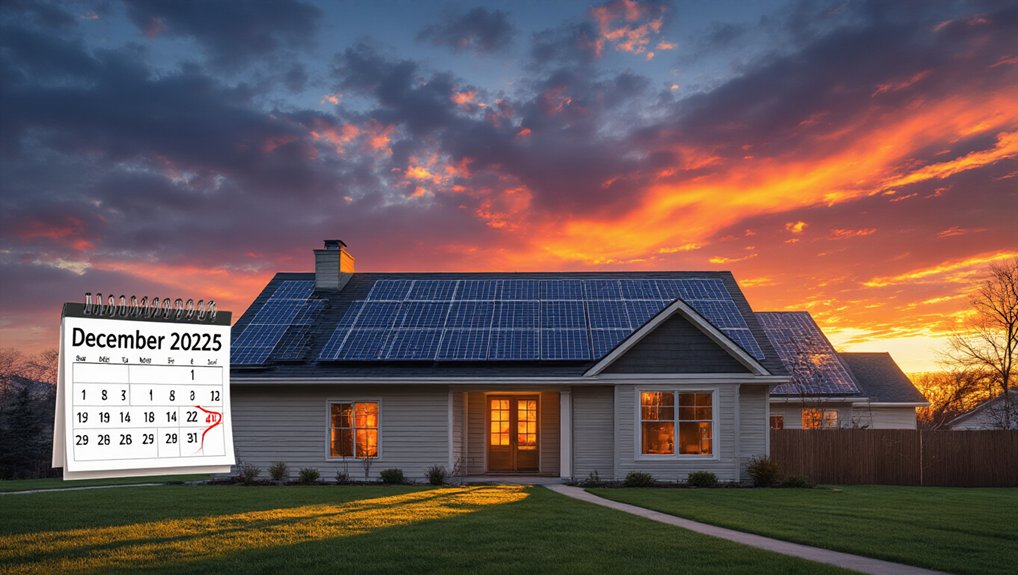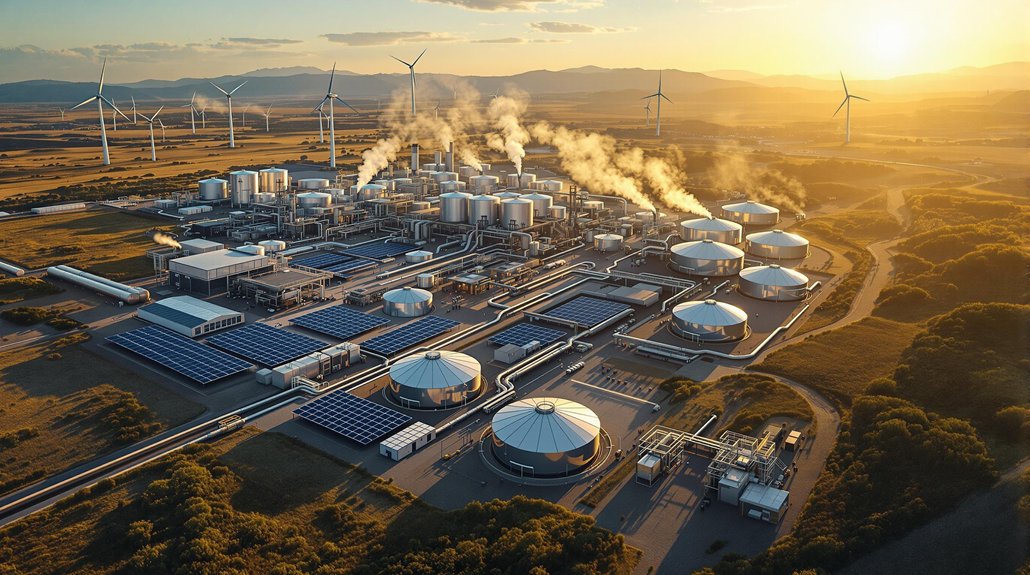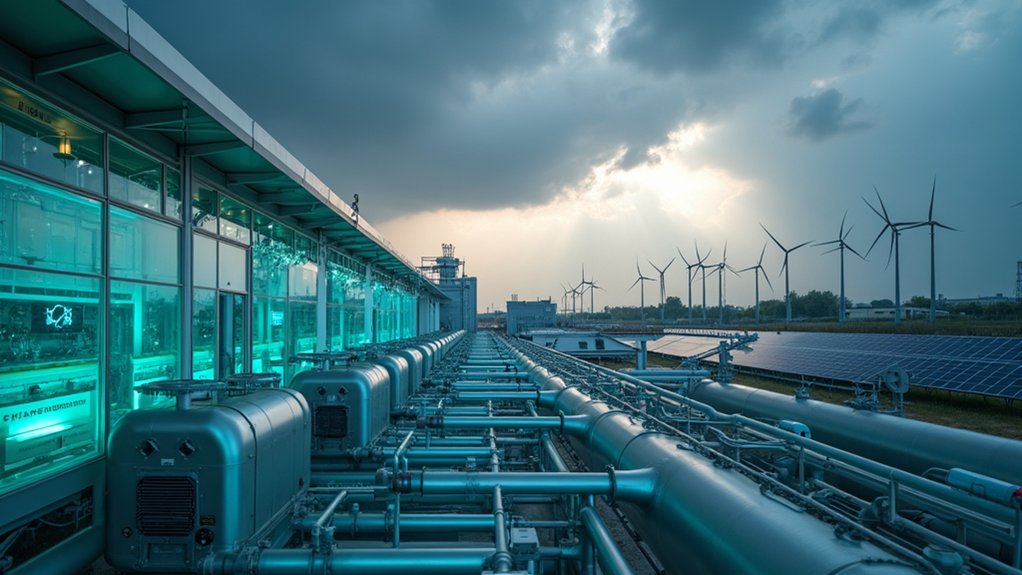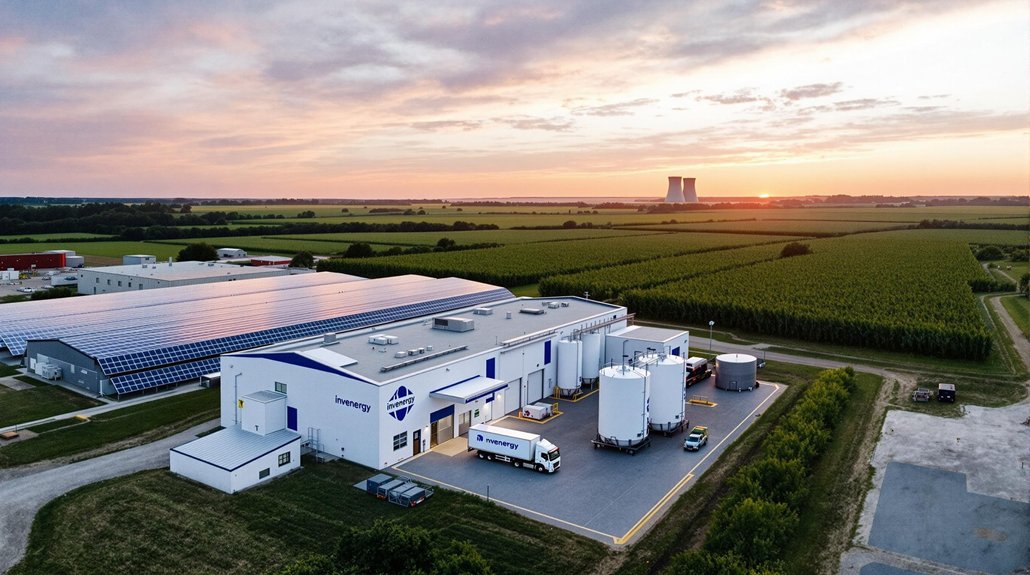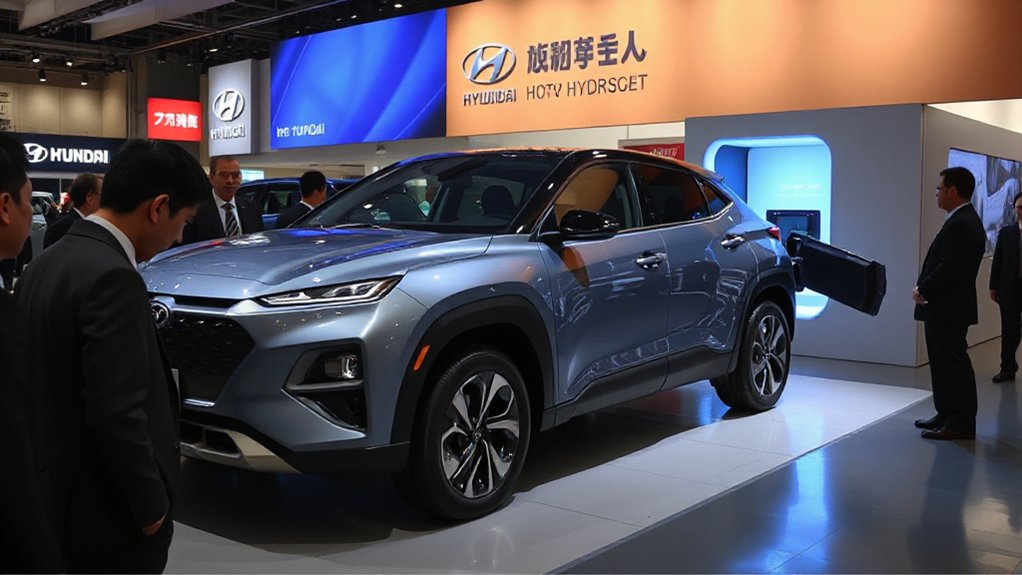While most of the world debates clean energy shifts, China is busy dominating the hydrogen environment. The numbers don’t lie. China pumps out 33 million tons of hydrogen annually—that’s over a third of global demand. Impressive, right? Well, not entirely. Green hydrogen makes up a pathetic 1% of that production. But things are changing. Fast.
By the end of 2024, China controlled half the world’s green hydrogen production capacity with 125,000 metric tons per year. Not satisfied with that, they’ve launched 35 new projects just this year, adding another 48,000 metric tons of capacity. The Chinese don’t mess around when they set targets—1 million fuel cell vehicles and 2,000 hydrogen refueling stations by 2035. They’re not asking if it can happen; they’re making it happen.
China isn’t playing games—they’re seizing green hydrogen dominance while setting audacious targets that aren’t hopes, but certainties.
The cost curve is dropping like a rock. By 2032, fuel cell systems will cost less than 1,000 yuan per kilowatt, and by 2040, we’re talking 648 yuan. That’s what a 48% learning-by-research rate gets you. Innovation first, mass production later.
Government backing makes all the difference. State-owned enterprises drive the bus while policy creates the highway. International cooperation? Strategic investment? Industrial chain formation? Check, check, and check. The hydrogen market is projected to hit $16.19 billion by next year. Not too shabby for an industry still finding its legs.
Those massive inland waterway vessels running on fuel cells aren’t just for show. They’re part of a broader infrastructure push that includes everything from production to storage to distribution. With over 540 hydrogen refueling stations already established across the country, China’s hydrogen ecosystem continues to expand rapidly. The upcoming 2025 China Fuel Cell Exhibition in Shanghai will showcase these innovations with state-of-the-art facilities designed to accelerate industry advancement.
Solid oxide electrolytic cell technology isn’t exactly dinner table conversation, but it’s transforming efficiency. Similar to Finland’s P2X Harjavalta plant, China’s facilities could eliminate 7-12 kg of CO₂ per kilogram of hydrogen produced through electrolysis.
Let’s be real—China is turning hydrogen from science fiction into science fact while others are still arguing about whether it’s worth the trouble. The transformation isn’t coming. It’s already here, and it’s powered by hydrogen.
References
- https://www.hydroxcel.com/2025-china-fuel-cell-exhibition/
- https://www.fuelcellchina.com/Industry_details/24.html
- https://pmc.ncbi.nlm.nih.gov/articles/PMC12032936/
- https://www.spglobal.com/commodity-insights/en/news-research/latest-news/energy-transition/043025-china-has-established-125000-mtyear-of-green-hydrogen-production-capacity-nea
- https://www.hydrogeninsight.com/policy/china-on-course-to-greatly-exceed-its-2025-green-hydrogen-production-target/2-1-1753384
